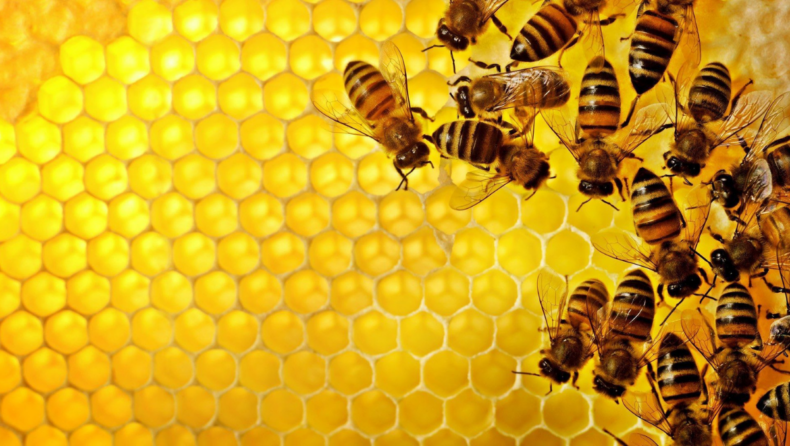Australia is exterminating tens of millions of bees in a bid to save its honey industry from a parasitic plague.
Highlights:
- Australia is killing bees in an attempt to save its honey industry.
- Varroa mite is a parasitic insect affecting bees.
In a desperate attempt to save its honey industry Australian authorities have killed millions of bees affected by a parasitic plague. Varroa mite is a parasitic insect that attacks feeds and reproduces on honey bees.
They affect the bees’ ability to produce honey and fly. The bee industry is severely affected due to the spread of the mite plague forcing the authorities to ‘lockdown’ colonies of bees.
The recent outbreak of the Varroa mite was first spotted near the port of Newcastle. Australian authorities have instructed the beekeepers to restrict the movement of bee hives or any equipment in or out of the Newcastle area.
A New York Times report stated that at least 600 hives containing 30,000 bees have been destroyed to rescue the Australian honey industry.
What is Varroa Mite?
Varroa mite is also known as the Varroa destructor is a parasitic insect that thrives on larvae and pupae of developing broods of bees.
The parasite is also responsible for weakening the bees and thus affecting their ability to fly, produce honey and collect food. The insect can also feed and live on adult honey bees and thus spread to other colonies of bees.
The Varroa destructor is responsible for the destruction of several bee hives as they are known to kill entire colonies of honey bees.
They often spread from bee to bee and through extracted honeycombs. The parasite is a major driving force in the considerable decline of the honey bee colonies worldwide.
The Australian authorities have set up a general emergency zone across New South W to prevent the further spread of the Varroa mites.
To further eradicate the plague, the DPI is conducting tracing to identify hive movements. Australia’s Bee Aware website states that the mite population growth in bee colonies is directly proportional to the severe symptoms.
Generally, heavy infestations lead to crippled bees, impaired flight performance, a lower rate of return to the colony after foraging, and reduced lifespan.
Why are bees important?
Bees are critical pollinators as they pollinate crops that feed 90% of humanity. If the bee count is reduced, the pollination is affected thus affecting the ecosystem. Honeybees are the world’s leading pollinators responsible for $40 billion a year in crops.
The decline in their number will adversely affect the growth of several crops such as blueberries, cherries, almonds, brazil nuts, macadamia nuts, and most importantly honey.
Australia is the only major honey-producing country to successfully control similar infections in 2016, 2019, and 2020. However, the current infestation is said to be critical and far more widespread.
The Australian beekeepers are devastated by the constant calamities affecting their livelihood. Wildfires, floods, and now the Varroa mite have altogether upset the honey industry and the beekeepers.












